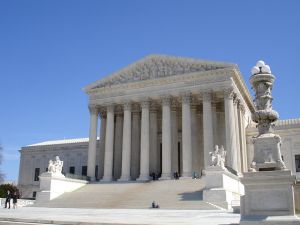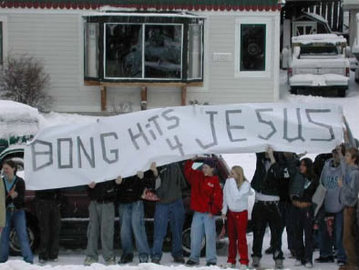A First Amendment shield for bloggers?
Congress is debating whether there should be a federal “shield law” for reporters, modeled after state reporter’s privilege laws which exist in 35 states and which help protect vital First Amendment rights.. Of the 15 states which don’t have statutory protections for reporters, all but one have some form of protection for reporters against compelled disclosure of their sources.
A key issue is whether such reporter’s privilege laws should apply only to reporters from traditional media such as newspapers and television stations, or whether online journalists and bloggers should have protection. One federal case warned against extending a federal common law privilege to “bloggers in pajamas.”
 A California Court of Appeal, in the well-reasoned decision of O’Grady v. Superior Court, http://www.courtinfo.ca.gov/opinions/archive/H028579M.PDF, held that on-line journalists are “reporters, editors, or publishers entitled to the protections of the constitutional privilege. If their activities and social function differ at all from those of traditional print and broadcast journalists, the distinctions are minute, subtle, and constitutionally immaterial.”
A California Court of Appeal, in the well-reasoned decision of O’Grady v. Superior Court, http://www.courtinfo.ca.gov/opinions/archive/H028579M.PDF, held that on-line journalists are “reporters, editors, or publishers entitled to the protections of the constitutional privilege. If their activities and social function differ at all from those of traditional print and broadcast journalists, the distinctions are minute, subtle, and constitutionally immaterial.”
 First Amendment Lawyer Blog
First Amendment Lawyer Blog


 The same day the Court struck down bars on campaign ads, however, it upheld the decision of an Alaska school censoring a student’s banner in the famous “Bong Hits for Jesus” case. The court showed more deference to school officials than it did to a high school student’s free speech rights. Dissenting Justice John Paul Stevens stated, “In my judgment, the First Amendment protects student speech if the message itself neither violates a permissible rule nor expressly advocates conduct that is illegal and harmful to students. This nonsense banner does neither, and the Court does serious violence to the First Amendment in upholding – indeed, lauding – a school’s decision to punish Frederick for expressing a view with which it disagreed.”
The same day the Court struck down bars on campaign ads, however, it upheld the decision of an Alaska school censoring a student’s banner in the famous “Bong Hits for Jesus” case. The court showed more deference to school officials than it did to a high school student’s free speech rights. Dissenting Justice John Paul Stevens stated, “In my judgment, the First Amendment protects student speech if the message itself neither violates a permissible rule nor expressly advocates conduct that is illegal and harmful to students. This nonsense banner does neither, and the Court does serious violence to the First Amendment in upholding – indeed, lauding – a school’s decision to punish Frederick for expressing a view with which it disagreed.”